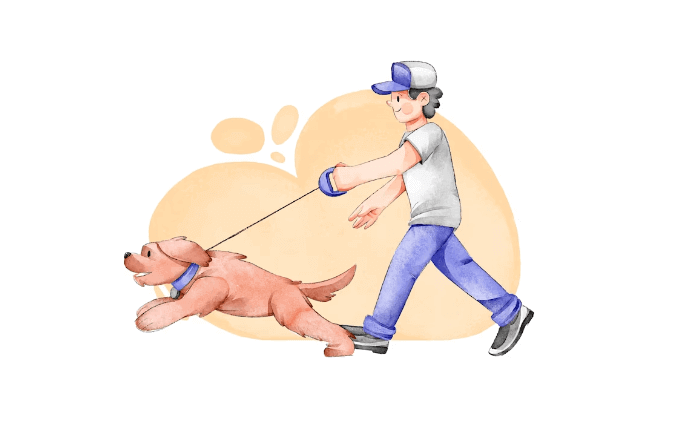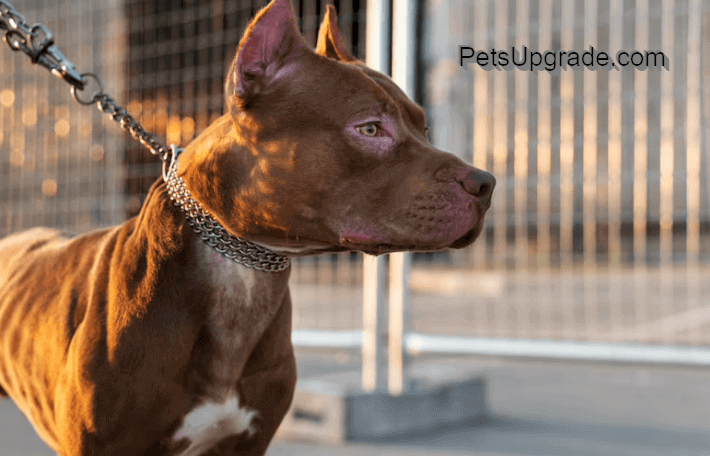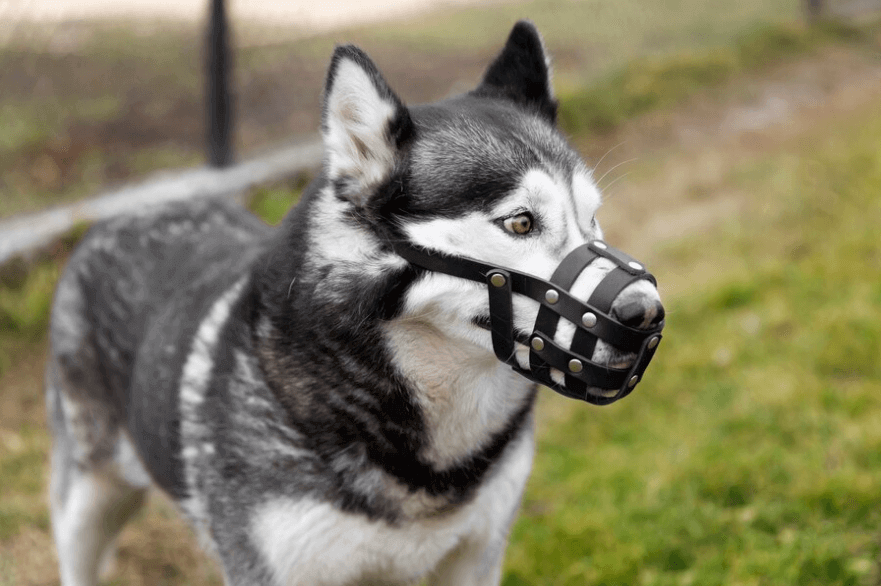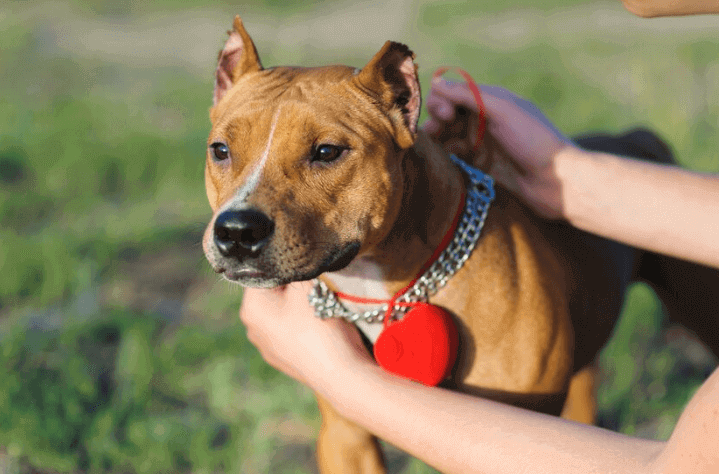“Is your furry pal’s collar leaving unsightly marks on their neck or causing them discomfort? Fear not, fellow dog owners. It’s time to put an end to the age-old debate about how tight a dog collar should be. In this blog post, we’ll dive deep into the world of canine fashion and discuss everything you need to know about finding the perfect fit for your pooch’s collar. So grab a cuppa and let’s get started.
Importance of Dog Collars
Dog collars are one of the most important pieces of equipment that you will need to purchase for your dog. Not only do they serve as a form of identification, but they also help to keep your dog safe and under control. There are a variety of different types of dog collars available on the market, so it is important to take the time to choose the right one for your pet.
One of the most important things to consider when choosing a dog collar is the size. The collar should be snug enough that it cannot be pulled off over your dog’s head, but not so tight that it is uncomfortable. It is also important to make sure that the collar is made from a durable material that will not break easily.
Another thing to keep in mind when selecting a dog collar is the type of closure you prefer. Some people prefer buckle collars, while others prefer slips or martingale collars. Whichever type you choose, make sure that it is easy for you to use and that it will stay closed securely.
Finally, don’t forget to add a tag to the collar with your contact information. This way, if your dog ever gets lost, someone will be able to return him safely to you.
Measurement for a Dog Collar
When measuring for a dog collar, you will need a flexible tape measure. Start at the base of your dog’s neck and measure around the neck to find the circumference. Then, add 2 inches to that measurement to find the right size collar for your dog.
Keep in mind that you should be able to fit two fingers comfortably between the collar and your dog’s neck. If you can’t, the collar is too tight and may be uncomfortable for your dog. Conversely, if there is too much slack, the collar could slip off easily.
How to put on a dog collar
Assuming you are putting a collar on a dog for the first time, here are detailed instructions on how to do so:
1. Place the collar around the dog’s neck. The fit should be snug but not too tight – you should be able to fit two fingers between the collar and the dog’s neck.
2. Once the collar is in place, fasten the buckle or snap closure.
3. Adjust the fit of the collar as needed so that it is comfortable for the dog to wear.
Adjusting a Dog Collar
A dog’s collar should be snug enough that it can’t slip over the dog’s head, but loose enough that you can fit two fingers between the collar and the dog’s neck. If you can’t fit two fingers between the collar and the dog’s neck, the collar is too tight. If you can fit more than two fingers between the collar and the dog’s neck, the collar is too loose.
Benefits of Tight Dog Collars
Tight dog collars can provide many benefits for your dog, including preventing them from escaping and keeping them safe while walking on a leash. They can also help to train your dog not to pull on its leash, which can be a major annoyance for dog owners. In addition, tight dog collars can help to keep your dog’s fur clean.

Risks of Tight Dog Collars
Wearing a collar that is too tight can cause a number of risks for your dog. These risks include:
1. Choking:
A tight collar can choke your dog if it gets caught on something or if the dog pulls on the leash. This can be a very dangerous situation and could even lead to death.
2. Damage to the trachea:
A tight collar can put pressure on the trachea, which can damage delicate tissue. This can lead to coughing, difficulty breathing, and other respiratory problems.
3. Skin irritation:
A tight collar can rub against the skin, causing irritation, redness, and even sores. In extreme cases, it can cause hair loss and permanent scarring.
4. Behavioural problems:
A dog that is uncomfortable wearing a tight collar may start to exhibit behavioral problems such as excessive barking or chewing on the collar itself. This can be frustrating for owners and may lead to further training issues down the road.
In conclusion, when it comes to collars for your dog, you want the fit to be snug but not too tight. You should be able to easily slip two fingers between the collar and your pup’s neck. If a collar is too loose, it could come off and get lost; if it’s too tight can cause pain or discomfort. Always make sure that you are checking the fit of your pup’s collar regularly so that he stays safe and secure!



